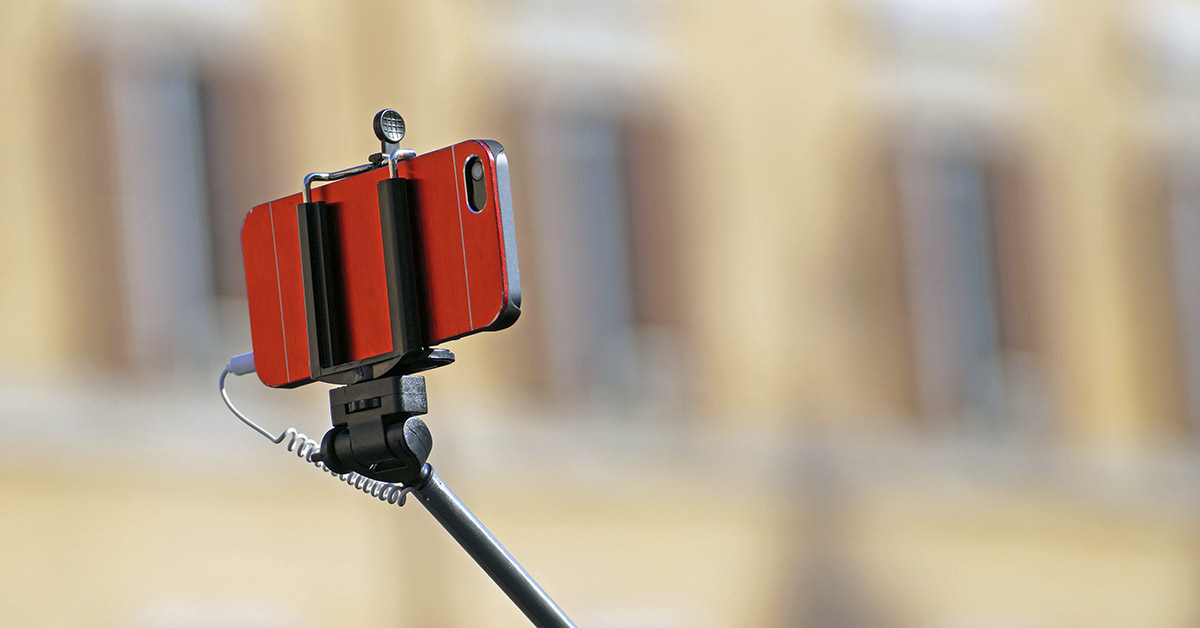Three teenage friends missed something deadly hiding in their photo. Back in 2011, Essa Ricker, Kelsea Webster, and Savannah Webster stood by train tracks in Utah, smiling for a selfie as a train rolled past. What they didn’t notice? Another train’s headlights, visible in the corner of their photo, are coming from behind them. Minutes later, that second train hit all three girls. Their story isn’t just sad. It’s a wake-up call about how our phones pull our attention away from real dangers around us.
When a Casual Selfie Turns Tragic
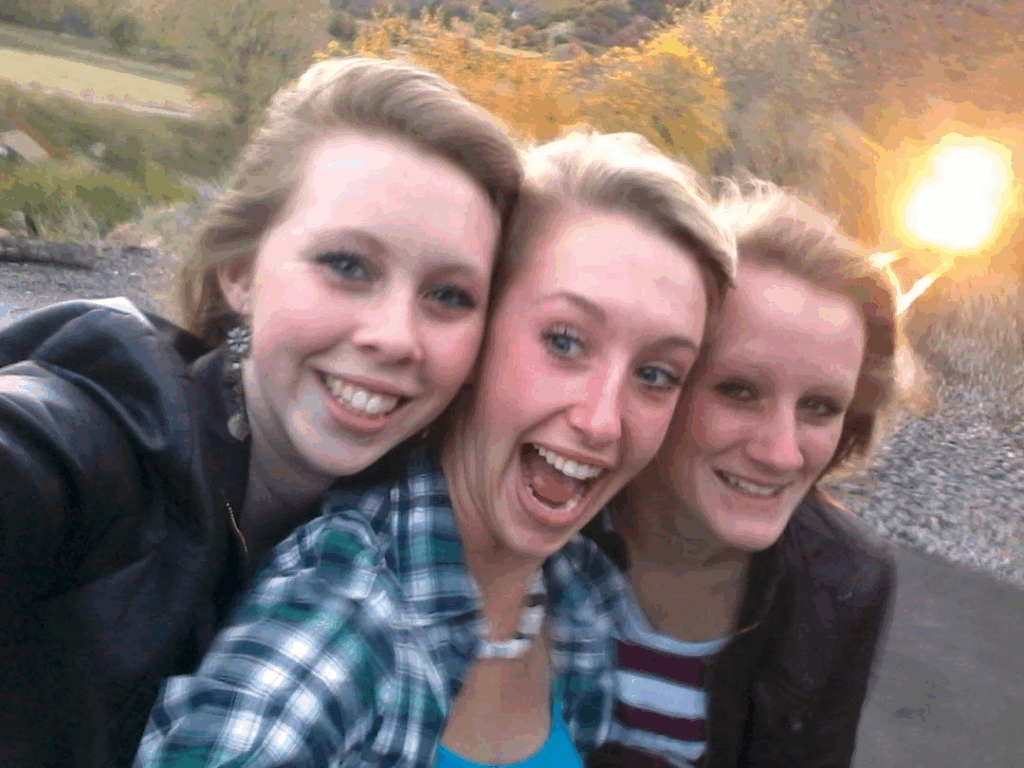
In Spanish Fork Canyon, one sunny October afternoon, three girls, Essa, 15, Kelsea, 13, and Savannah, 13, were hunting for the perfect Instagram shot. Walking near the tracks by Covered Bridge Road, they spotted a westbound train and saw their opportunity. As they focused on capturing the moment, they didn’t hear the warning horn of an eastbound train approaching from behind. The roar of the first train drowned out any sound from the second, and in an instant, everything changed.
Essa and Kelsea died at the scene
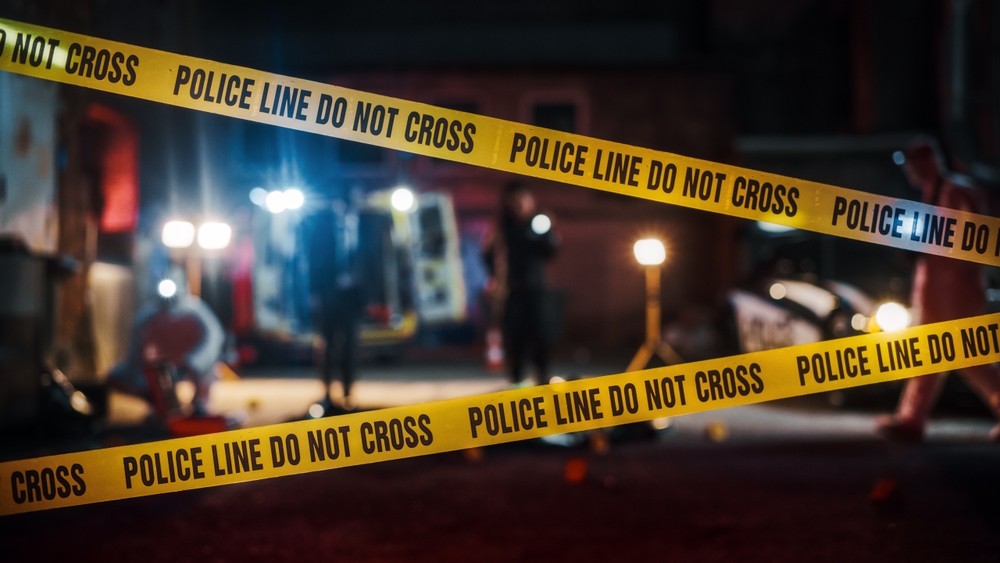
Savannah, after fighting for several days in the hospital, passed away as well. “The girls were taking photos,” said Patti Beckstead, whose daughter knew them. “They didn’t hear the second train over the first.” The loss hit their school hard. The hallways felt empty, and classmates wore formal clothes to honor friends who had been laughing just days before. Teachers struggled with their grief while trying to help students make sense of it all.
Read More: Woman, 40, Shares Final Goodbye on Social Media After Being Denied Life-Saving Cancer Treatment
How Selfie Culture Changed Photography
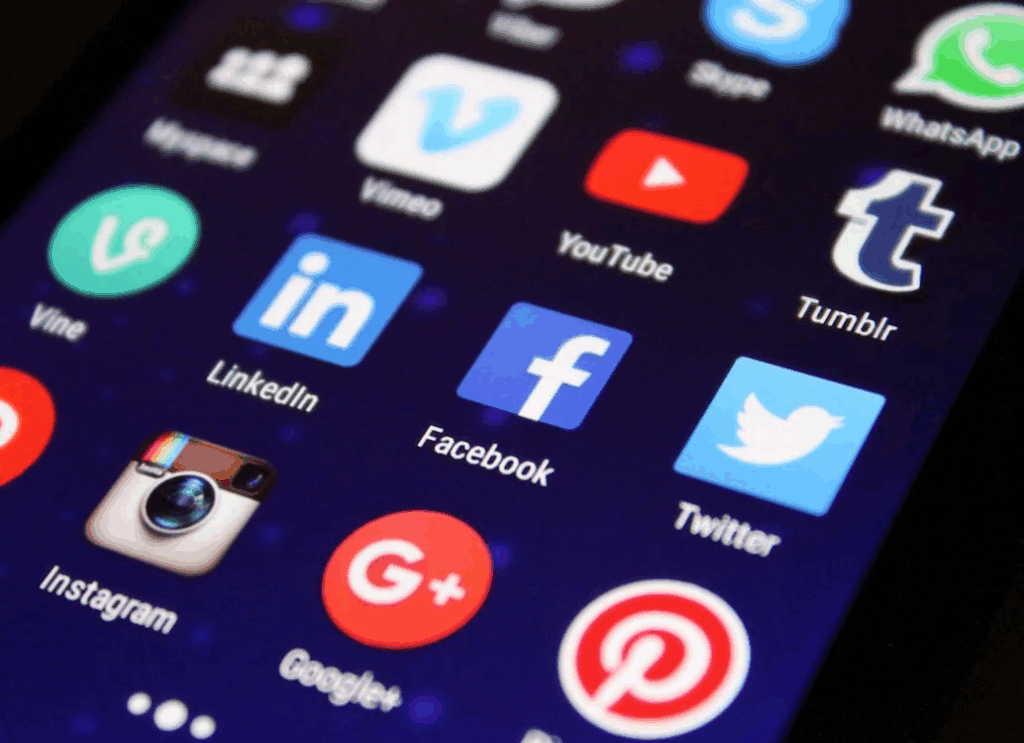
2011 was a different time. Facebook was king, Instagram was just beginning to take off, and Twitter (now X) had recently figured out how to share photos. Funny enough, we didn’t even say “selfie” much back then. The Oxford Dictionary wouldn’t make it the Word of the Year until 2013. Now? We take about 1.4 trillion photos every year.
Crazy Stats
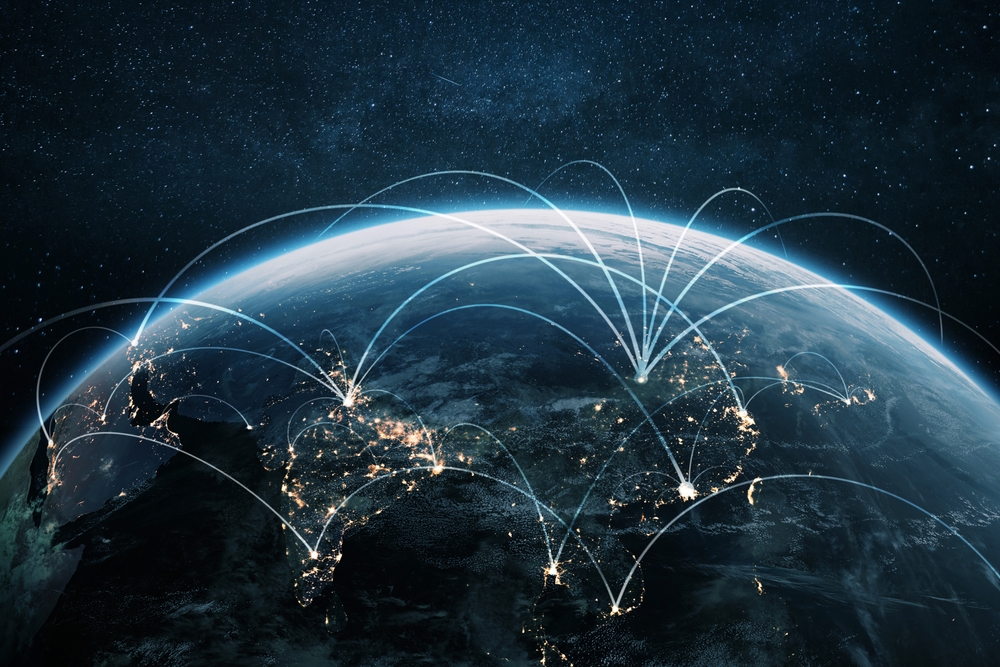
That breaks down to roughly 40,000 photos every single second across the globe. And yes, a huge chunk of those are personal portraits we snap ourselves. More than 250 people have died while trying to take risky photos between 2011 and 2022. They’ve fallen from cliffs, met angry wildlife, drowned in rough water, or been hit by vehicles. Trains included.
The Psychology Behind Dangerous Photo Moments
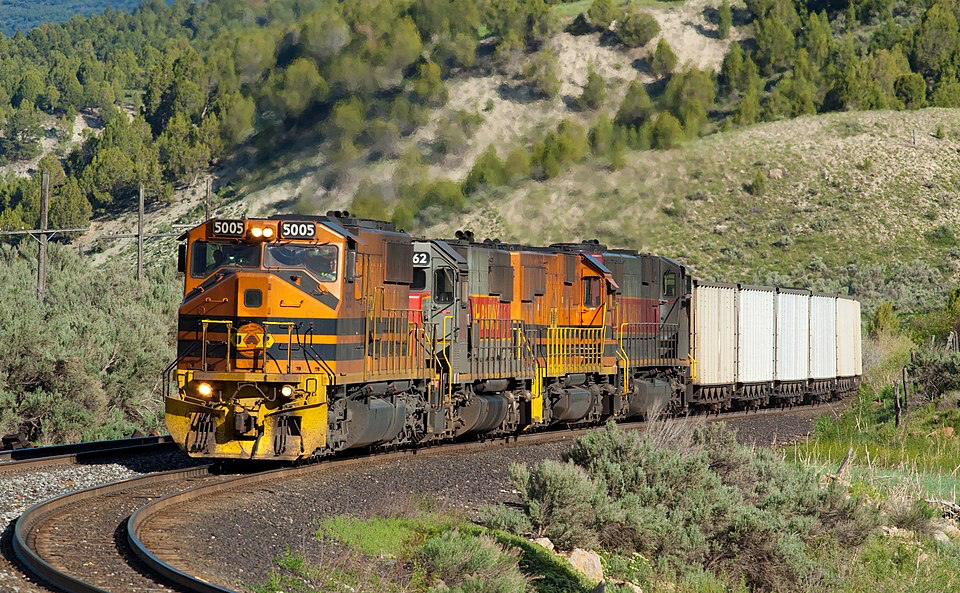
Look at their final picture today, and those train headlights jump right out at you. So how did these three smart teenagers completely miss them? A few things worked against them that day:
- Train Noise Overload: A train engine hits about 150 decibels. That’s louder than concerts or jet engines. That first train was so loud that they literally couldn’t hear the warning horn from the second one.
- Attention Blindness: Our brains can only process so much at once. Focus hard on one thing, and you develop a temporary blindness to everything else. Scientists call this “inattentional blindness,” and it explains why the girls never saw the danger coming.
- Teenage Brain Wiring: That part of your brain that helps you think about consequences? It’s not fully developed until your mid-twenties. That’s why teens often underestimate risks that seem obvious to adults.
- Screen Tunnel Vision: Research shows people using phones while walking veer off course 61% more than those without phones. When our eyes lock onto screens, we’re walking blind. This danger increases significantly when trying to compose the perfect selfie shot.
Does this mean teenagers are careless? Not at all. Their brains are just wired differently. And honestly, adults make the same mistakes. We just don’t like admitting it.
Social Media and Safety Education

This heartbreaking situation changed how railroads talk about safety. After the accident, Union Pacific conductor Sherman Sagers decided he needed to do something. “Walking around this curve, the train can be right up on top of you before you know it,” Sagers explained. “People don’t understand how quickly it happens.”
Union Pacific launched a campaign telling these girls’ story, with one crucial fact: even when engineers spot someone on the tracks and slam the emergency brakes, a train needs up to a mile to stop completely. Think about that. A mile.
In the girls’ case, the engineer saw them and immediately hit the emergency brakes
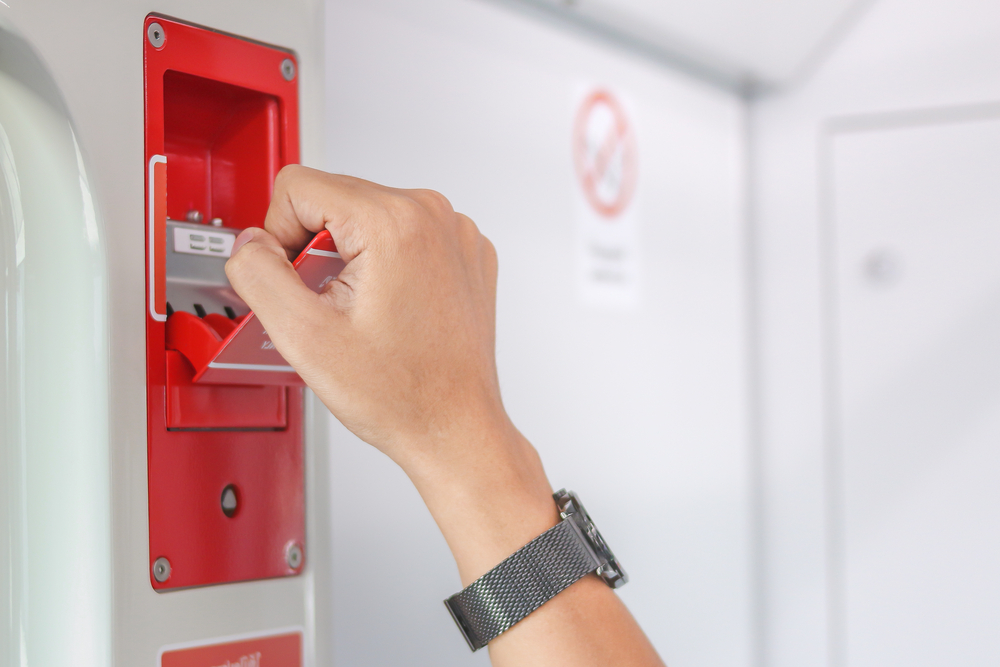
He even sounded the horn repeatedly to warn them. Despite these efforts, the train couldn’t stop in time. Social media companies stepped up, too. Instagram now shows warning messages when you search hashtags linked to dangerous selfie locations. Try searching for train track photography, and you might see safety alerts before any results show up.
The girls’ story has become a key part of “Operation Lifesaver” programs in schools across America. Their experience helps make abstract dangers feel real to students who might otherwise roll their eyes at another safety talk.
A Legacy Beyond the Last Selfie
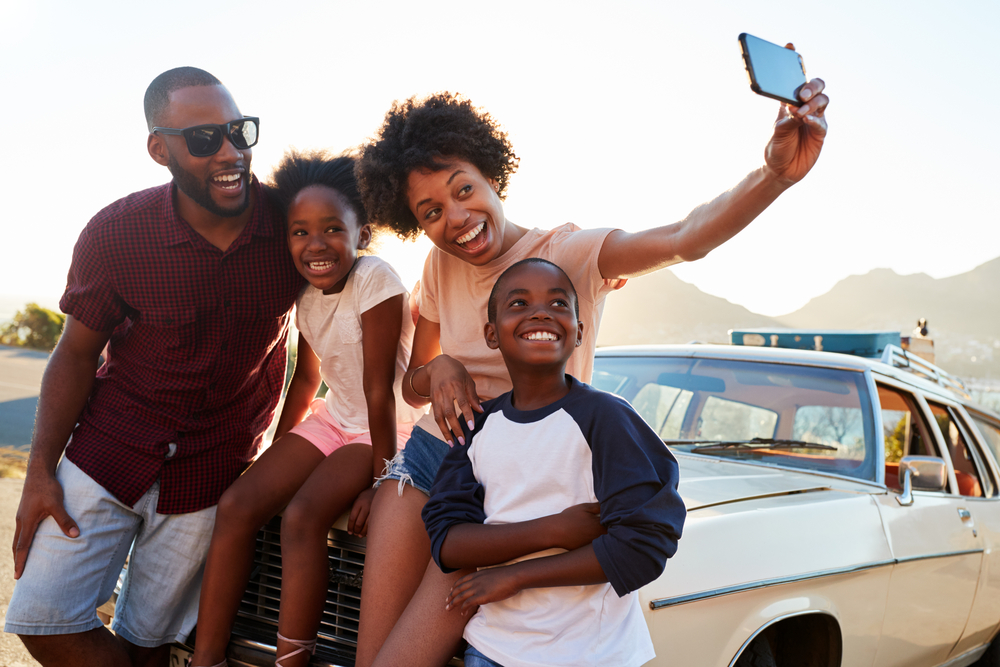
Those train headlights, barely noticeable in the corner of a casual photo, now teach thousands of people about staying aware of their surroundings. Three friends who just wanted a cool picture have, through their tragic experience, potentially saved countless lives.
Their story hits home because it shows a weakness we all have. Haven’t we all had moments where our phones pulled our attention away from what’s happening around us? The difference between a close call and a tragedy often comes down to simple awareness.
Next time you pull out your phone for a selfie, try this. Take a five-second pause first. Look around completely. Listen carefully. Feel the space you’re in. Then take your shot. The likes and comments fade within days. The risks we take can last forever. The most valuable photos are those we live to share with others for years to come.
Read More: Australia To Become First Country to Ban Social Media to Anyone Under 16
